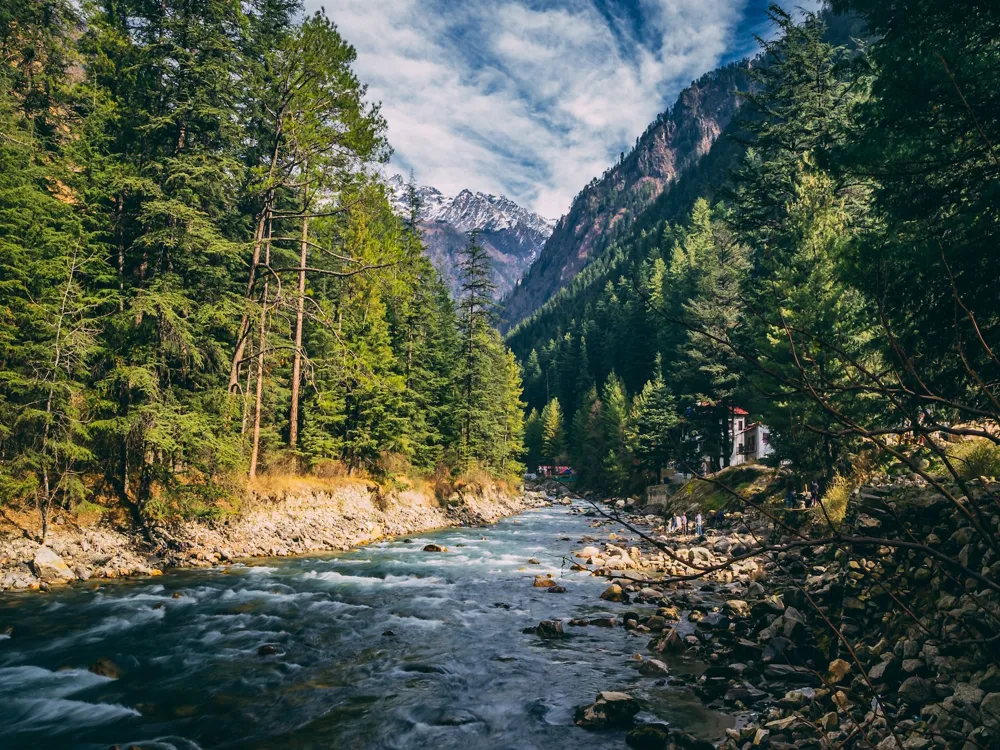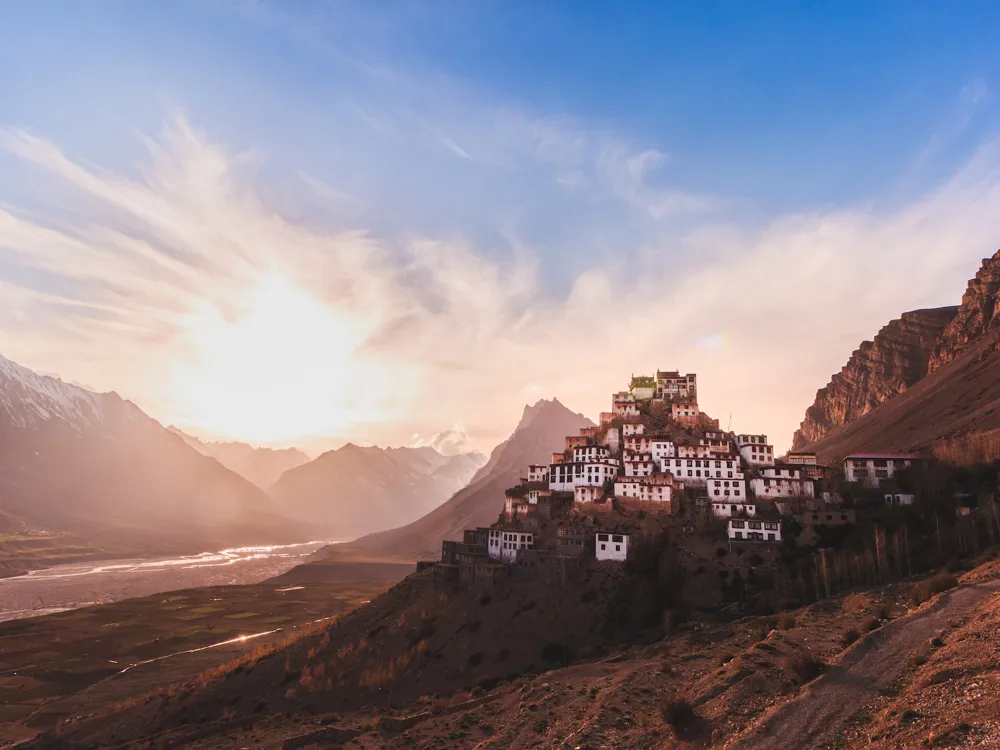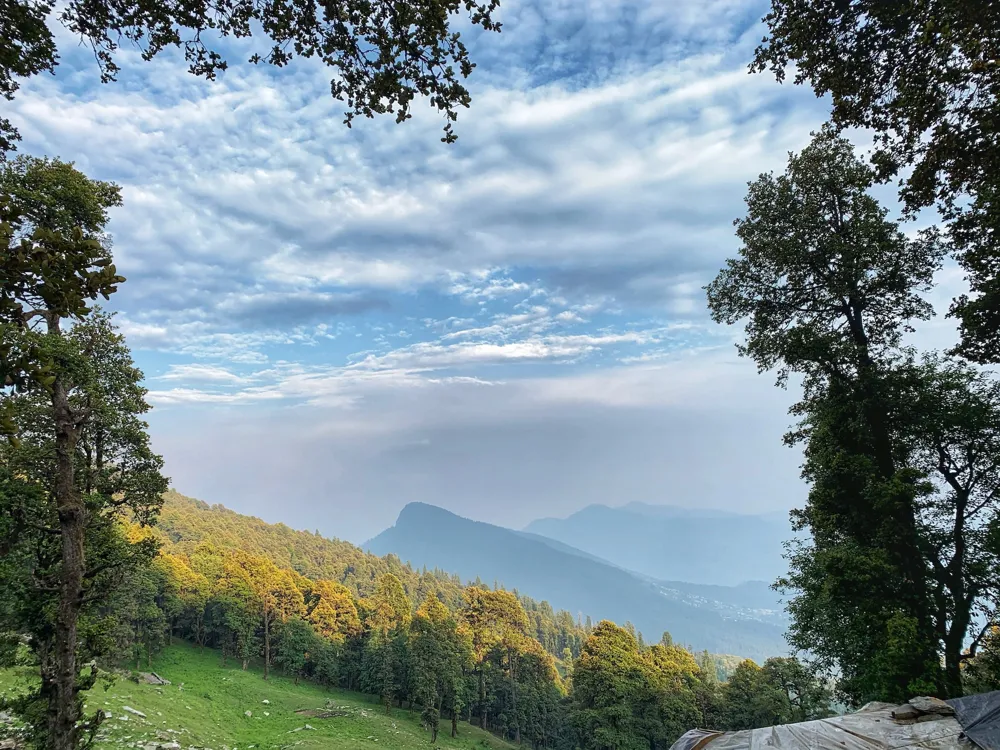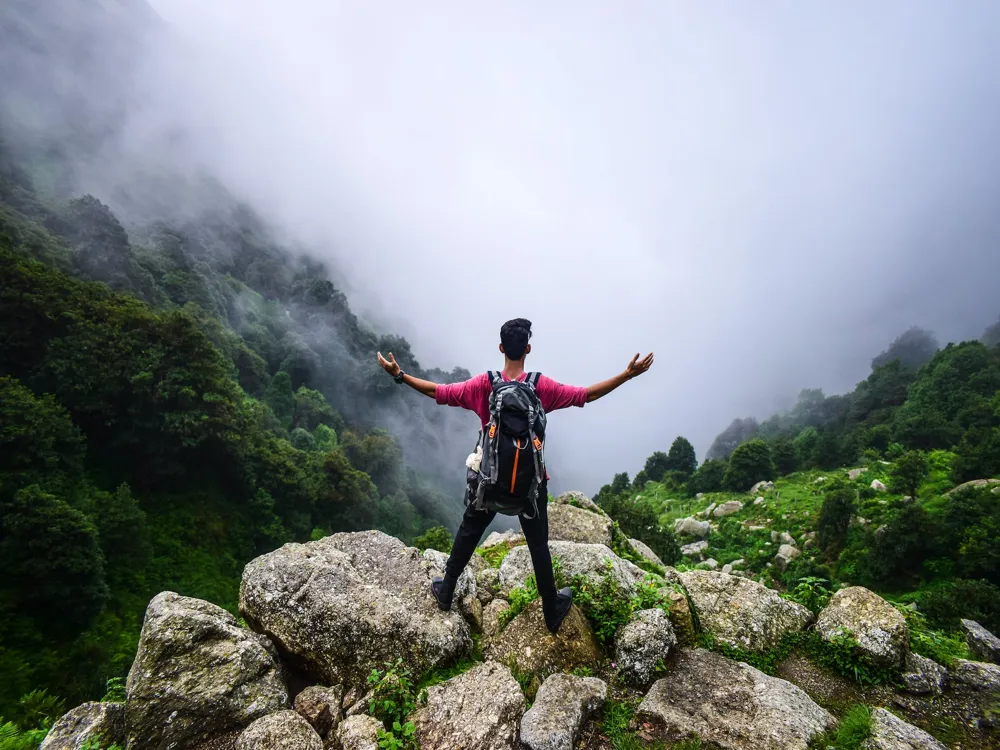Nestled in the serene valley of Manikaran in Himachal Pradesh, Kulant Pith stands as a testament to spiritual heritage and architectural marvel. Known for its religious significance and breathtaking surroundings, this site attracts thousands of visitors each year. The Kulant Pith, deeply rooted in Hindu mythology, is not just a place of worship but also a confluence of culture and history. Surrounded by the majestic hills of the Himalayas and the soothing presence of the Parvati River, the ambiance of Kulant Pith offers a tranquil retreat for those seeking peace and spiritual enlightenment. The history of Kulant Pith is rich with legends and lore. According to ancient texts, it is considered one of the most pious and purest of all the Piths in Indian mythology. The belief is that Lord Shiva, one of the principal deities of Hinduism, stayed here with his consort Parvati. This area is also closely associated with various stories from the Puranas and the great epic, the Mahabharata, making it a significant pilgrimage spot for devotees. The soothing hot springs, believed to have medicinal properties, add to the mystical charm of Manikaran, drawing not only spiritual seekers but also those in pursuit of natural healing. The landscape surrounding Kulant Pith is a tapestry of nature's splendor, with lush green forests, cascading waterfalls, and the ever-flowing Parvati River. This natural setting provides a serene backdrop, making it an ideal location for meditation and self-reflection. The convergence of natural beauty and spiritual aura makes Kulant Pith more than just a religious site; it's a journey into the heart of nature and spirituality. The architecture of Kulant Pith is a remarkable fusion of traditional Himalayan and Hindu temple styles. The structure is a brilliant example of ancient craftsmanship, showcasing intricate carvings, detailed sculptures, and an impressive display of artistry. The main shrine, dedicated to Lord Shiva, features a Shiva Lingam and is adorned with elaborate patterns and motifs that narrate stories from Hindu mythology. One of the most striking features of Kulant Pith's architecture is its use of locally sourced materials. The temple is primarily built from stones and wood, materials that are abundantly available in the region. This not only gives the structure a rustic charm but also demonstrates the sustainable practices of ancient temple architecture. The wooden beams and stone slabs are intricately carved with figures of gods, goddesses, and mythological creatures, each telling a tale of the divine. The temple's design also takes into account the harsh mountainous climate. The sloped roofs, thick walls, and narrow passages are not just elements of design but also functional aspects that protect the shrine and its visitors from the elements. The inner sanctum, where the deity resides, exudes a sense of divine presence and is designed to focus the energy and prayers of the devotees. The use of natural light and the arrangement of the temple spaces ensure a harmonious flow of energy, making the experience of visiting Kulant Pith truly ethereal. The ideal time to visit Kulant Pith is from April to June and from September to November. During these months, the weather is pleasant, and the natural beauty of the valley is at its peak. Winters, though beautiful, can be quite harsh, and some paths may be closed due to snow. Due to the varying climate, it's recommended to carry layered clothing. Warm jackets, caps, and comfortable walking shoes are a must. Also, carry essentials like water bottles, snacks, a first-aid kit, and a flashlight. Kulant Pith is a sacred site, and visitors are expected to respect local customs and traditions. Dress modestly, maintain the sanctity of the temple, and be mindful of the cultural sensitivities of the local population. The high altitude can cause discomfort to some. It's advisable to acclimatize and stay hydrated. Visitors with health issues should consult their doctor before planning the trip. Kulant Pith in Manikaran is well-connected by road, rail, and air. The nearest airport is in Bhuntar, about 35 kilometers away. From Bhuntar, taxis and buses are available to Manikaran. For those preferring rail, the nearest railway station is in Joginder Nagar, which is well-connected to various cities. Road trips from nearby cities like Delhi, Chandigarh, and Shimla offer a scenic route to Manikaran. Local transport in Manikaran is readily available to reach Kulant Pith. Read moreOverview of Kulant Pith in Manikaran, Sahib, and Himachal Pradesh
Architecture of Kulant Pith
Tips When Visiting Kulant Pith
Best Time to Visit
Clothing and Essentials
Respect Local Customs
Health Precautions
How To Reach Kulant Pith
Manikaran Sahib Tourism
Best Time to Visit Manikaran Sahib
How to Reach Manikaran Sahib
Things To Do, Manikaran Sahib
Kulant Pith
Manikaran Sahib
Himachal Pradesh
₹ 7,299 onwards
View manikaran-sahib Packages
Manikaran-sahib Travel Packages
View All Packages For Manikaran-sahib
Top Hotel Collections for Manikaran-sahib

Private Pool

Luxury Hotels

5-Star Hotels

Pet Friendly
Top Hotels Near Manikaran-sahib
Other Top Ranking Places In Manikaran-sahib
View All Places To Visit In manikaran-sahib
View manikaran-sahib Packages
Manikaran-sahib Travel Packages
View All Packages For Manikaran-sahib
Top Hotel Collections for Manikaran-sahib

Private Pool

Luxury Hotels

5-Star Hotels

Pet Friendly






















